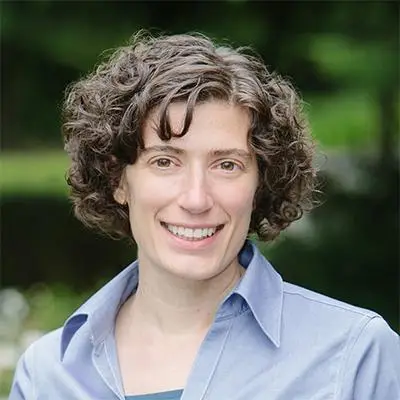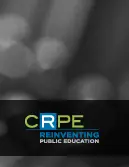Five years ago, Baltimore City Public Schools seemed on the brink of a breakthrough. The district had been freed from mayoral control after more than a century, and a high-energy superintendent was leading bold moves to de-emphasize central administration, give schools greater autonomy, and engage families in a revitalized portfolio of educational choice.
A new school funding formula matched resources to student needs, and chronically low-performing, underenrolled schools were closed. Citywide, enrollment had begun to stabilize after four decades of steep decline, as more families opted to enroll their children in district schools, including newly expanding charters. Suspensions were down, the graduation rate was up, and more students were proficient at grade-level work in math and reading. A new teacher evaluation system set common standards for excellence across the city.
By almost all accounts, Baltimore’s district-led portfolio system—traditional and charter school options, all authorized and managed by City Schools’ central office—was working.
But today, progress seems to have stalled. The school funding system is under legal threat, with a group of charter schools suing over alleged underfunding. Fewer than half of the principals at the heart of the decentralized reform strategy remain on the job. Bureaucratic barriers to school autonomy and improvement remain, from costly contract-driven funding obligations to middle-management practices that limit school budget flexibility. Baltimore’s leadership is in flux, with the departure of its latest superintendent in May after less than two years.
Baltimore, at least right now, is a story of incomplete reform, a stark example of the limits of a reform strategy that sought dramatic change while leaving many old political and administrative arrangements in place…
To understand the story of Baltimore’s reforms from 2007 to the present, we conducted more than a dozen interviews, reviewed district documents and press reports, and collected secondary data. Our understanding was greatly informed by talking with key observers in 2013 and again in 2015, including principals, current and former district staffers, advocacy groups, and civic leaders…
Read the full article in Education Next.





